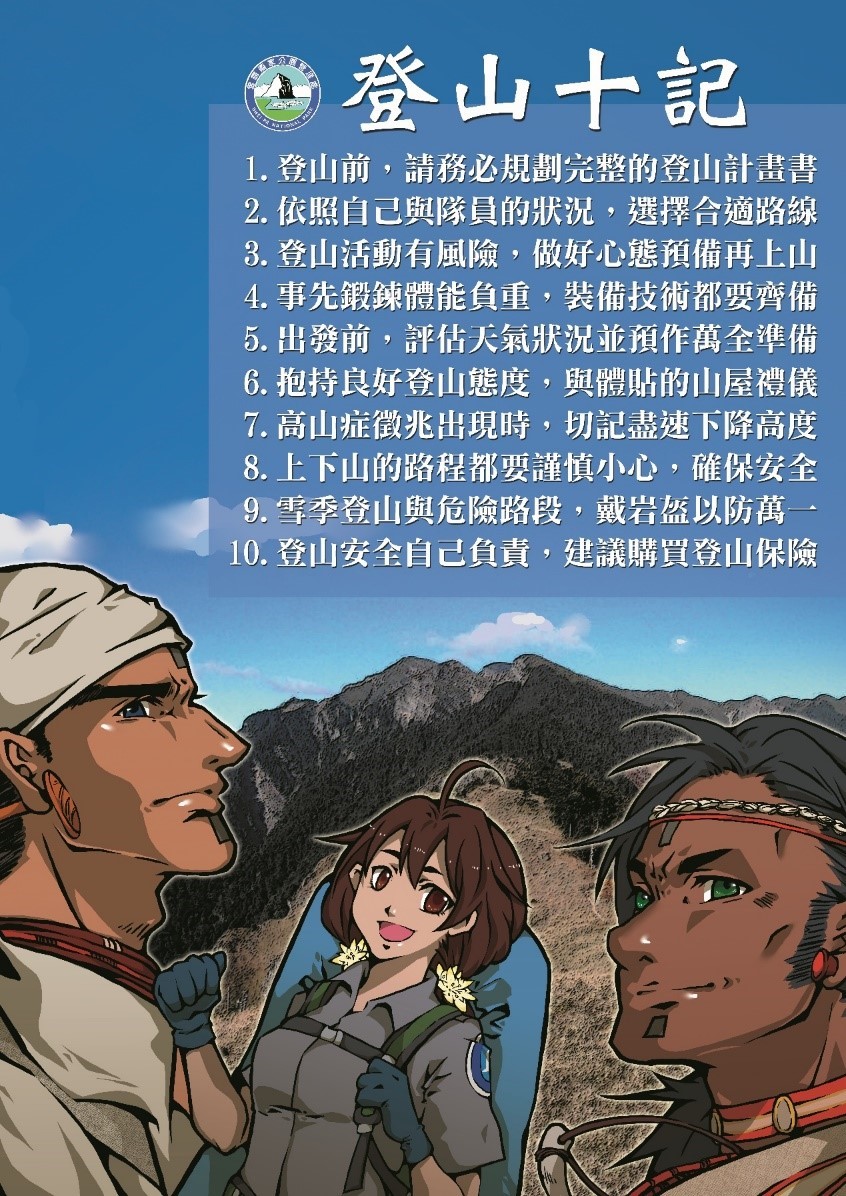Mountaineering education must not stop! The Shei-Pa National Park Headquarters has referred to the "Ten Mountaineering Lessons" promoted by the Nagano Mountain Accident Prevention Association in Japan, and made a comic adaptation called "Ten Notes for Mountaineering" to actively promote mountaineering education.
The inspiration for this project came in 2013, when a staff from the Headquarters visited Nagano Prefecture. They saw that comic artist Shinichi Ishizuka had authorized the copyright of "Peak" to let Japan use the comic book’s main character to endorse "Ten Mountaineering Lessons", and it made a deep impression on the staff. Therefore, at the end of 2017, the Headquarters made an adaptation of Japan’s "Ten Mountaineering Lessons" that was more applicable to Taiwan's current mountaineering conditions. This was to remind mountaineers to prioritize safety and be responsible for themselves. Afterwards, it was decided that comics would be able to get more response and attention from the public, so the team discussed about the possibility of making a comic version.
After numerous discussions, the team decided to change the more direct Japanese phrasings into precise phrases that are more applicable to Taiwan's current mountaineering conditions. The word "lessons" is also changed to "notes", to gently remind the public to be responsible for their own safety. Illustrator Cheng Hsiu-min was invited to draw the comic.
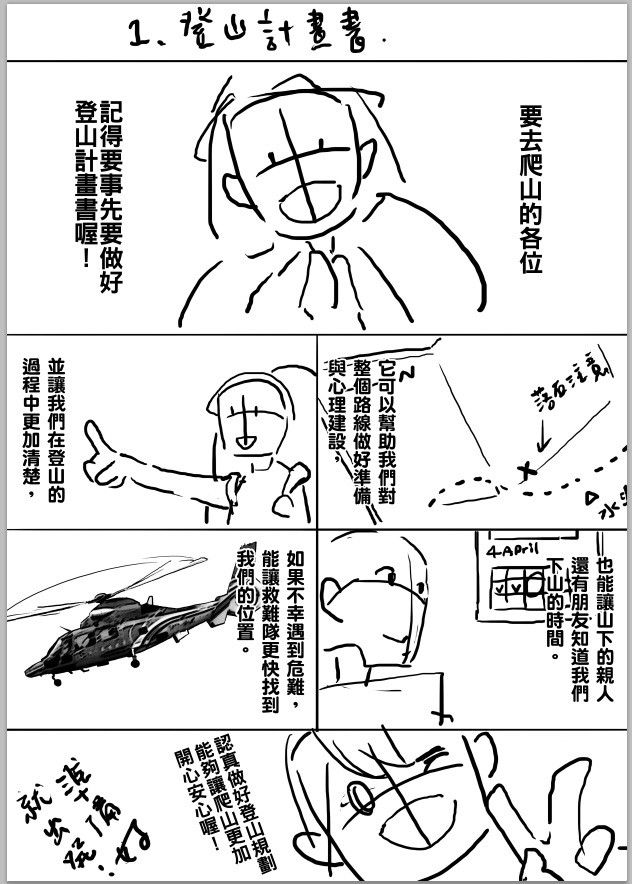
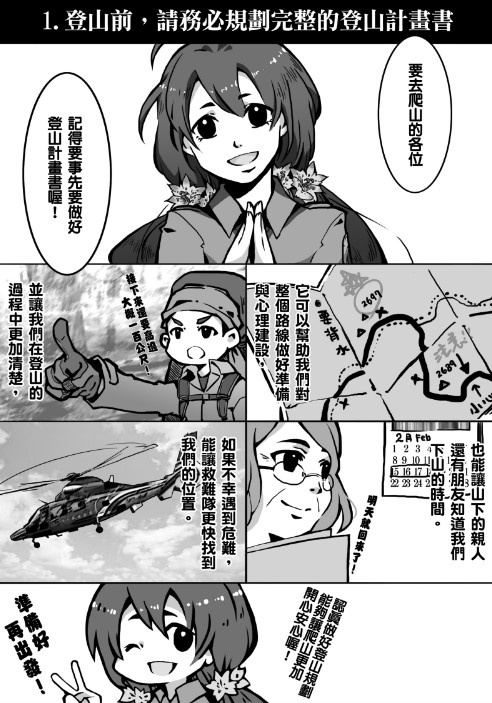
that a plan must be carefully formulated before the climb.
The first chapter of the comic reminds the public that a plan must be carefully formulated before the climb. A mountaineering plan should include comprehensively detailed plans regarding schedule, food, communication, and retreat. For this, the Headquarters have held several activities in which team leaders are asked to assess the team’s formation and the members’ fitness, experience, and health condition. The Headquarters hopes that team leaders can eliminate the risk of accidents by assessing the condition of themselves and team members.
The Headquarters sincerely would like the public to know that getting educated on mountaineering safety beforehand is the most insurance that one can give to oneself. Getting to the top is not the only goal of mountaineering. Being respectful of nature is having a humble attitude while immersed in forests. The Headquarters hopes that every mountaineer can maintain a positive physical condition as they safely journey through the charm of the mountains, take on challenges one after another, and enjoy the sense of accomplishment as they exceed their own limitations.
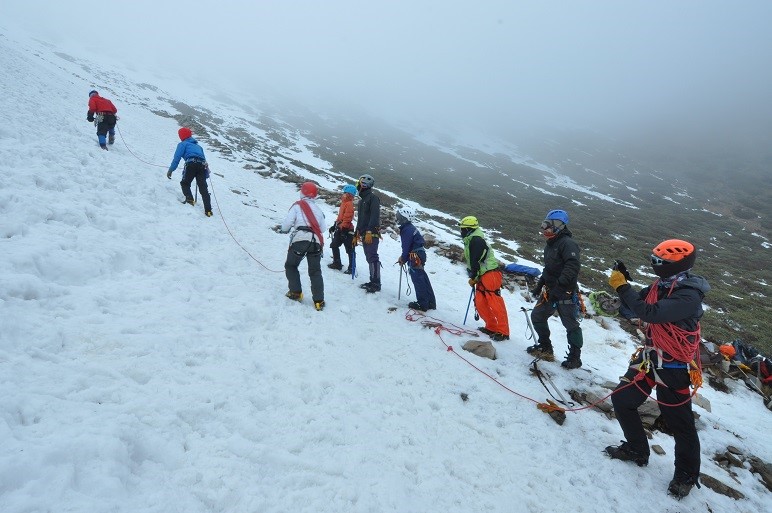
the risk of accidents by assessing the condition
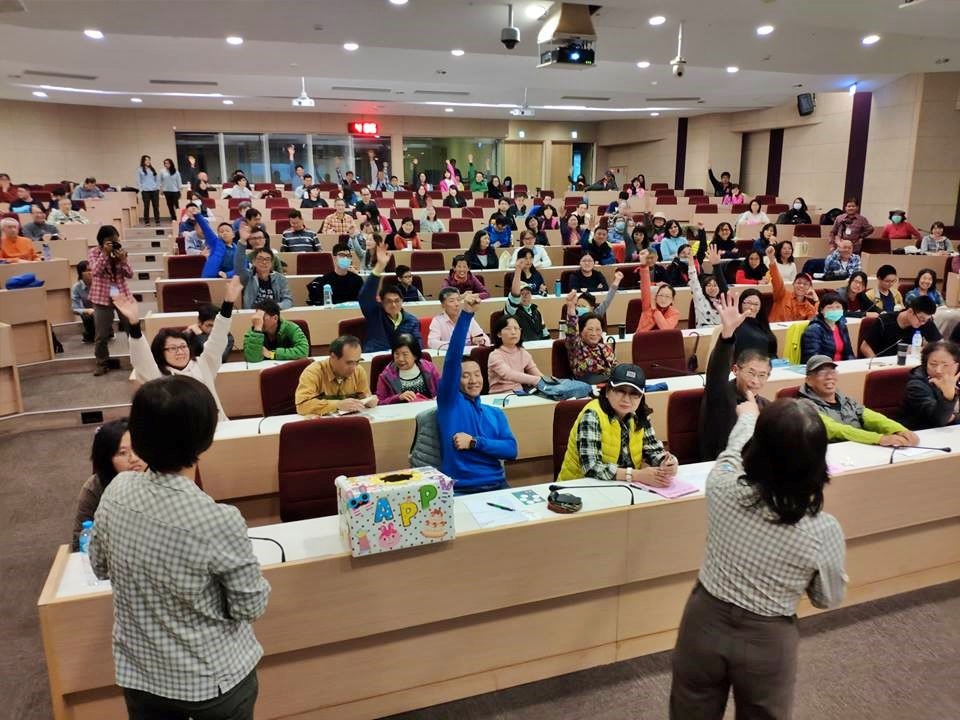
maintain a positive physical condition as they safely journey
through the charm of the mountains, take on challenges
one after another,and enjoy the sense of accomplishment
as they exceed their own limitations.
The following is the complete content of "Ten Mountaineering Notes":
I. Before the climb, be sure to plan a comprehensive mountaineering plan.
II. Choose a route that suits the condition and skill level of you and your teammates.
III. Mountaineering activities involve risks. Prepare yourself mentally before the climb.
IV. Before the climb, train and build your endurance, gear knowledge, and skills.
V. Before leaving for the climb, assess weather conditions and be fully prepared.
VI. Maintain a positive mountaineering attitude and considerate mountain cabin etiquette.
VII. When symptoms of altitude sickness occur, head toward lower grounds as quickly as possible.
VIII. Proceed with caution on both the way up and down the mountain to ensure safety.
IX. Wear rock helmets when mountaineering in snow seasons and through dangerous paths as a precautionary measure.
X. Be responsible for your own mountaineering safety. Buying mountaineering insurance is recommended.
